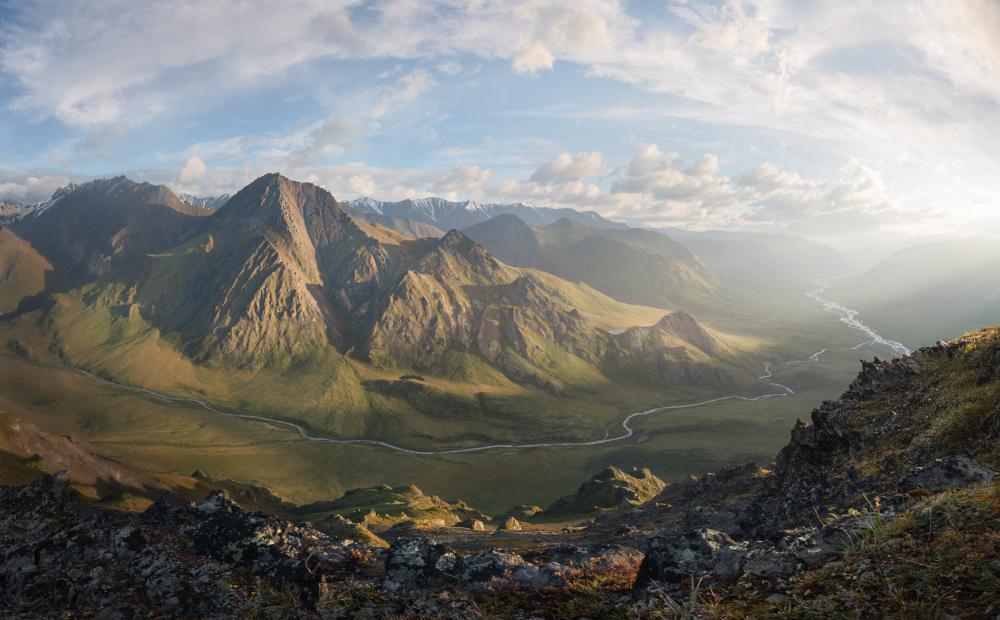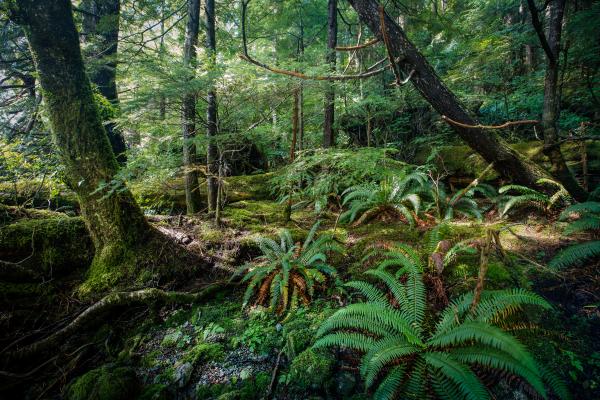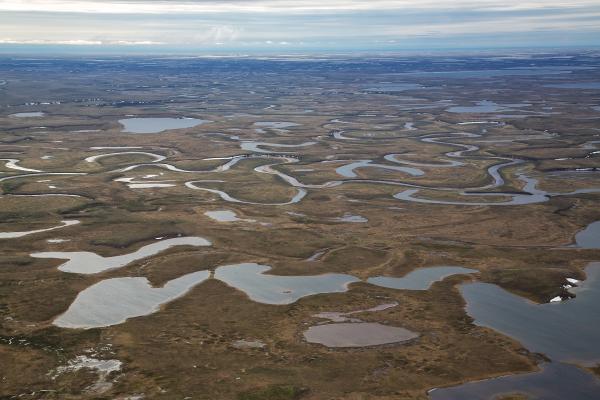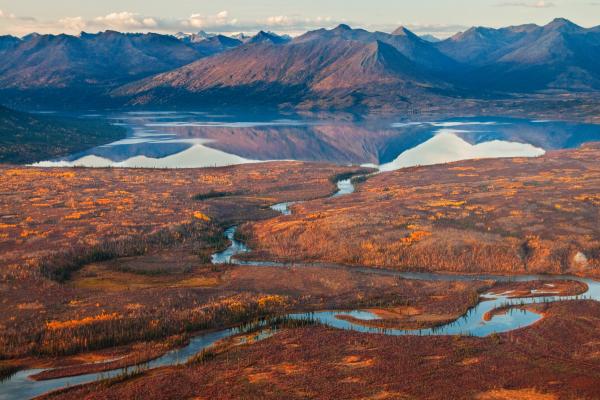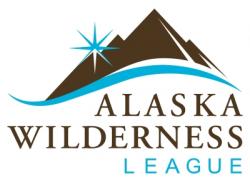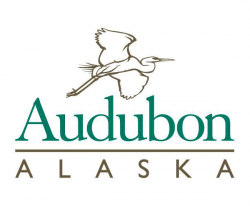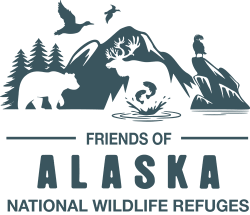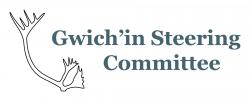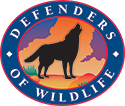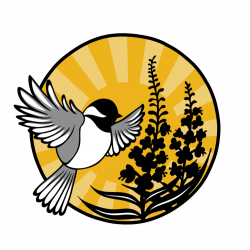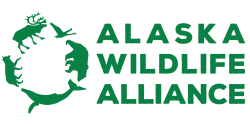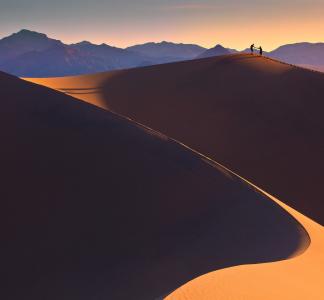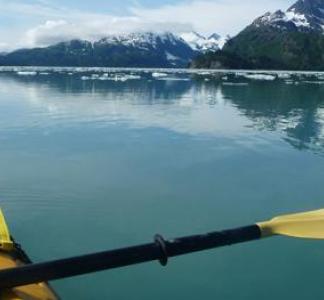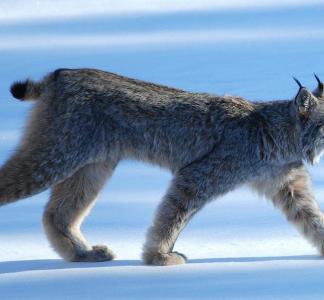Alaska’s protected lands: A national and global treasure
Alaska is home to some of the most expansive and ecologically significant protected lands in the world. Covering 665,400 square miles—about 20 percent of the entire United States—Alaska’s wilderness plays a critical role in biodiversity, Indigenous culture and climate change mitigation.
More than 327 million acres of federal land exist in Alaska, making it one of the last great strongholds for wildlife and intact ecosystems. With six distinct ecoregions—ranging from Arctic tundra to coastal rainforests—Alaska supports diverse habitats that are essential for species’ survival. These landscapes serve as migration corridors for caribou, breeding grounds for millions of shorebirds and pristine waterways for salmon, which support both ecosystems and local economies.
Alaska’s protected lands are a global treasure. They provide habitat for countless species, sustain Indigenous communities, store vast amounts of carbon and preserve some of the last remaining wild places on Earth. Protecting Alaska is protecting the future of our planet.
Supporting indigenous communities
For tens of thousands of years, Alaska Native communities have relied on these lands and waters for sustenance and traditional lifeways. More than 229 federally recognized tribes depend on protected lands for traditional foods like salmon, caribou and marine mammals, as well as for cultural practices that connect them to their ancestral heritage.
Alaska’s role in climate change mitigation
Alaska’s landscapes are more than just wilderness—they are a global carbon sink. The state’s forests, tundra and wetlands store an estimated 53 percent of the nation’s total carbon. Its vast permafrost and undisturbed soils hold carbon that, if released due to climate change, could accelerate global warming. Protecting these lands is a crucial step in climate resilience.
Alaska’s arctic: A landscape worth protecting
Alaska’s Arctic is one of the last great wild places on Earth, a vast and remote region defined by its treeless tundra, rugged Brooks Range and dramatic Arctic coastline. This diverse and fragile landscape is home to a wealth of wildlife, from caribou herds that migrate across the tundra to polar bears hunting on sea ice and whales navigating the Arctic Ocean. It also sustains Indigenous communities, particularly the Iñupiat and Gwich’in people, who have lived in harmony with the land and sea for generations.
The Arctic is warming at a rate faster than the rest of the world, threatening the stability of permafrost, the extent of sea ice and the delicate balance of its ecosystems. The Arctic National Wildlife Refuge and other protected areas serve as vital sanctuaries, yet they remain under constant threat from resource extraction and development. As climate change accelerates and industrial pressures mount, safeguarding this region has never been more urgent.
Explore the threats Alaska is facing
Get involved
Let decision makers know you want Alaska’s most vulnerable wildlands preserved for future generations. Sign up for our WildAlerts or texts for opportunities to take action.
Our local partners
We work with local conservation and citizen groups in Alaska to ensure our conservation efforts are united with local initiatives and the best regional expertise.
